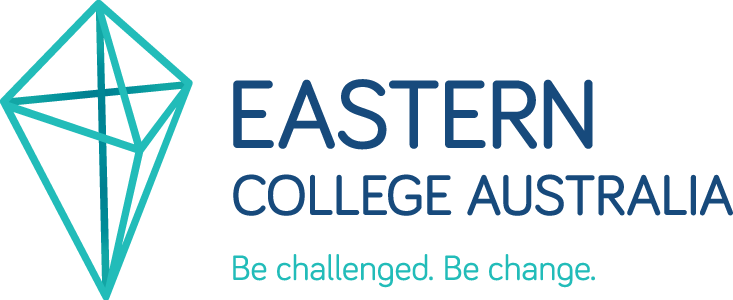Pre-requisites
None
Co-requisites
None
Learning Outcomes
On successful completion of this unit, the student will be able to:
Evaluate sociolinguistic data and apply sociolinguistic concepts to a variety of language situations.
Identify and discuss sociolinguistic factors which affect language variation at both individual and group levels.
Discuss the factors which determine language use and choices in multilingual speech communities, with special emphasis on the situation of minority groups.
Predict changes in language vitality based on a knowledge of the factors which contribute to language maintenance, spread, shift, and death and recommend appropriate language development activities for sustainable language use.
Understand various types of sociolinguistic and language assessment surveys and critically evaluate survey reports from other researchers.
Unit Description
This unit introduces students to sociolinguistic factors which influence the planning, implementation, and evaluation of a language development program.
Students are enabled to identify and describe the language attitudes of a given language community and the vitality of a language, and to work with members of ethnolinguistic communities in strategic planning and implementation of language development activities, including Bible translation and literacy.
Topics
• What is Sociolinguistics?
• Language and worldview
• Language variation: defining languages, dialects and varieties; standardisation
• Language and identity and social interaction: register and style, social position and politeness, role of gender
• Cultural differences and values in communication
• Multilingual speech communities: multilingualism and diglossia, language attitudes and language use, code switching and code choice
• Function and status of languages, pidgins and creoles
• Language viability: EGIDS (Expanded Graded Intergenerational Disruption Scale); factors in language maintenance, spread, shift, and death
• Language planning and policies: reversing language shift, SUM (sustainable use model), and participatory methods.
• Overview of sociolinguistic survey purposes, tools, and procedures
• Introduction to participatory methods
At each point, emphasis is given to the application of the principles to the type of cross-cultural ministry situations in which graduates will typically be working.
Unit offerings
SILA: (Demand based)Please note
The Unit Offerings listed above are a guide only and the timetable for any year is the final authority. The College may vary offerings based on demand, regulatory requirements, continual improvement processes or other conditions.
This unit may be available in different modes of delivery i.e. online and face-to-face as listed above. The unit content will not differ between these modes of delivery. There will possibly be a difference in the schedule and/or the prescribed assessment tasks, however both will cover and assess the same content.
